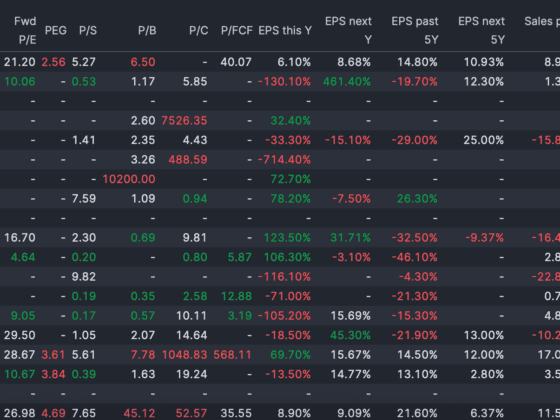As seasoned traders with years of experience navigating the financial markets, we’ve seen the ebbs and flows of various trading strategies. One that consistently garners interest and intrigue is the carry trade. In this blog post, I’ll share insights into what carry trades are, how to implement them effectively, and their potential impacts on your trading portfolio. By the end of this read, you’ll be equipped with actionable knowledge to harness the power of carry trades in your trading endeavours.
The Concept of Carry Trades
What Are Carry Trades?
In essence, a carry trade is a strategy in which a trader borrows money in a currency with a low interest rate and invests it in a currency or asset with a higher interest rate or return. The goal is to profit from the difference between the borrowing cost and the return on investment. This strategy has been particularly popular with currencies like the Japanese yen, which has historically had very low interest rates.
The Importance of Understanding Carry Trades
Understanding carry trades is crucial because they can significantly impact individual trading portfolios and broader financial markets. When executed correctly, carry trades can offer substantial returns with relatively predictable risks. However, they are not without their complexities and potential pitfalls, which we’ll explore further.
Implementing Carry Trades
Step-by-Step Implementation
- Identify Suitable Currencies: The first step in implementing a carry trade is to identify a currency with a low interest rate (such as the Japanese yen) to borrow from and a currency with a higher interest rate to invest in.
- Borrowing the Low-Interest Currency: Once the currencies are identified, borrow the low-interest-rate currency. This can be done through various financial instruments like loans or margin accounts.
- Investing in Higher Yielding Assets: Use the borrowed funds to invest in assets that offer higher returns. These could be bonds, equities, or other currencies with higher interest rates.
- Monitoring and Managing Risks: Continuously monitor the interest rate differentials and exchange rate fluctuations. Be prepared to exit the trade if the economic conditions change unfavourably.

Example of a Carry Trade
Let’s say you borrow Japanese yen at an interest rate of 0.1% and invest in Australian government bonds yielding 2.5%. The difference of 2.4% represents your potential profit, assuming exchange rates remain stable. Over time, this interest rate differential can result in significant returns, especially when leverage is applied.
Potential Impacts of Carry Trades
Positive Impacts
- Enhanced Returns: Carry trades can substantially enhance the returns on your investment portfolio, especially in stable economic environments.
- Diversification: By incorporating carry trades, you diversify your trading strategies, reducing reliance on a single market or asset class.
Risks and Challenges
- Exchange Rate Fluctuations: The primary risk in carry trades is the fluctuation in exchange rates. An unfavourable movement can erode profits or even result in losses.
- Interest Rate Changes: Sudden changes in interest rates in either the borrowing or investing currency can impact the profitability of the trade.
- Leverage Risks: While leverage can amplify returns, it can also amplify losses. It’s crucial to manage leverage carefully.
In my early trading days, I vividly recall when the yen carry trade was the talk of the town. Many traders, including myself, were captivated by the allure of borrowing cheap yen and investing in high-yielding assets. I remember one trade where I borrowed yen and invested in Brazilian bonds. The returns were impressive for several months, but a sudden shift in the yen’s value caught many off guard, leading to hurried exits and substantial losses for those who were unprepared. This experience taught me the importance of vigilance and risk management in carry trades.
Actionable Tips for Successful Carry Trades
- Stay Informed: Regularly monitor economic indicators and central bank policies that could affect interest and exchange rates.
- Diversify Investments: Don’t put all your borrowed funds into a single asset. Diversifying can help mitigate risks.
- Use Stop-Loss Orders: Protect your investments by using stop-loss orders to exit trades that move against you automatically.
- Manage Leverage Wisely: While leverage can increase profits, it can also magnify losses. Use leverage judiciously and understand the risks involved.
Carry trades can be a powerful addition to your trading strategy, offering the potential for significant returns. However, they come with risks and challenges that require careful management and continuous monitoring. By understanding the mechanics of carry trades, implementing them wisely, and staying vigilant about market conditions, you can harness their potential while mitigating risks.
As we conclude, I encourage you to explore carry trades within your portfolio. Start small, stay informed, and always manage your risks. Happy trading!
Summary
The potential impacts of carry trades can be significant, offering substantial returns and carrying notable risks.
Understanding the fundamentals of carry trades is essential for any trader looking to diversify their strategy.
Implementing a carry trade involves borrowing in a low-interest-rate currency and investing in a higher-yielding asset.







